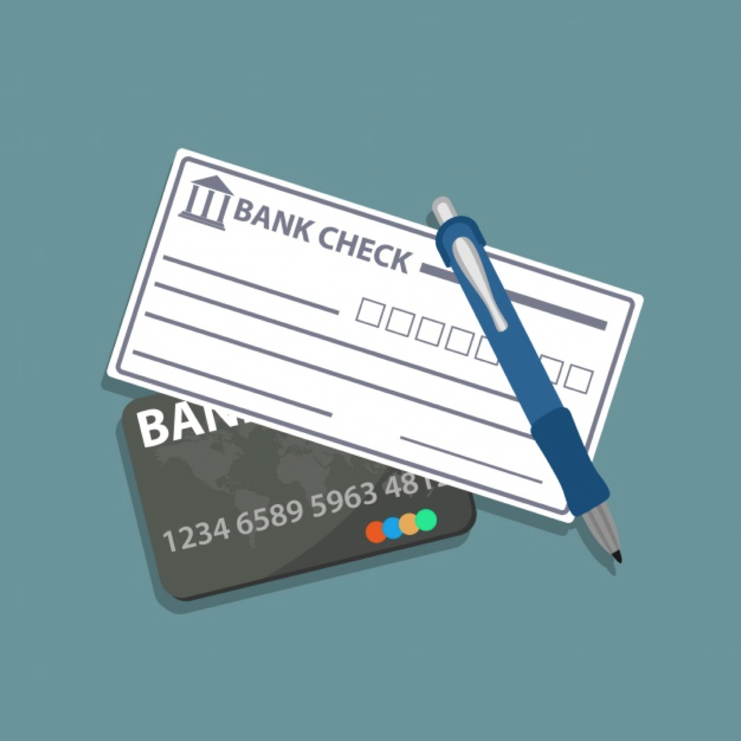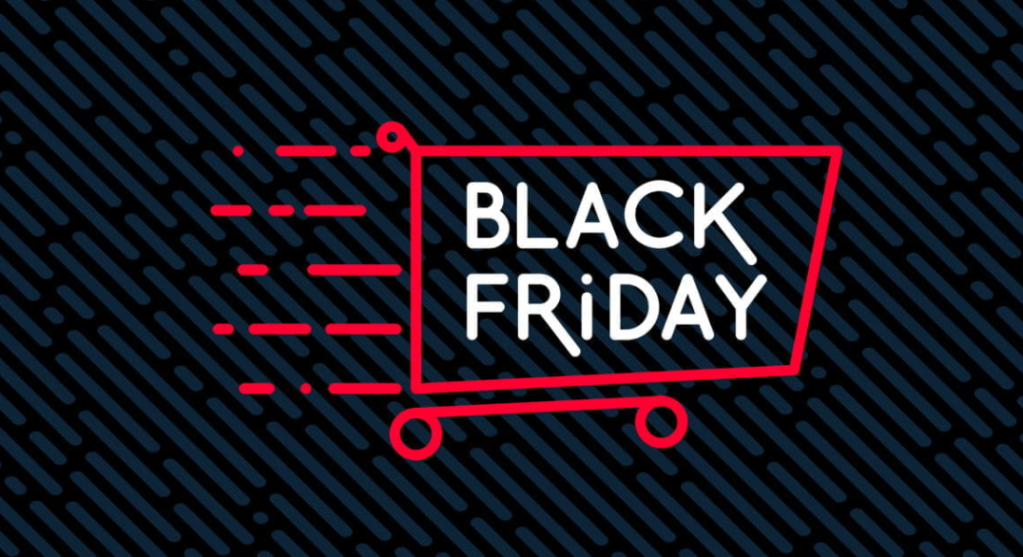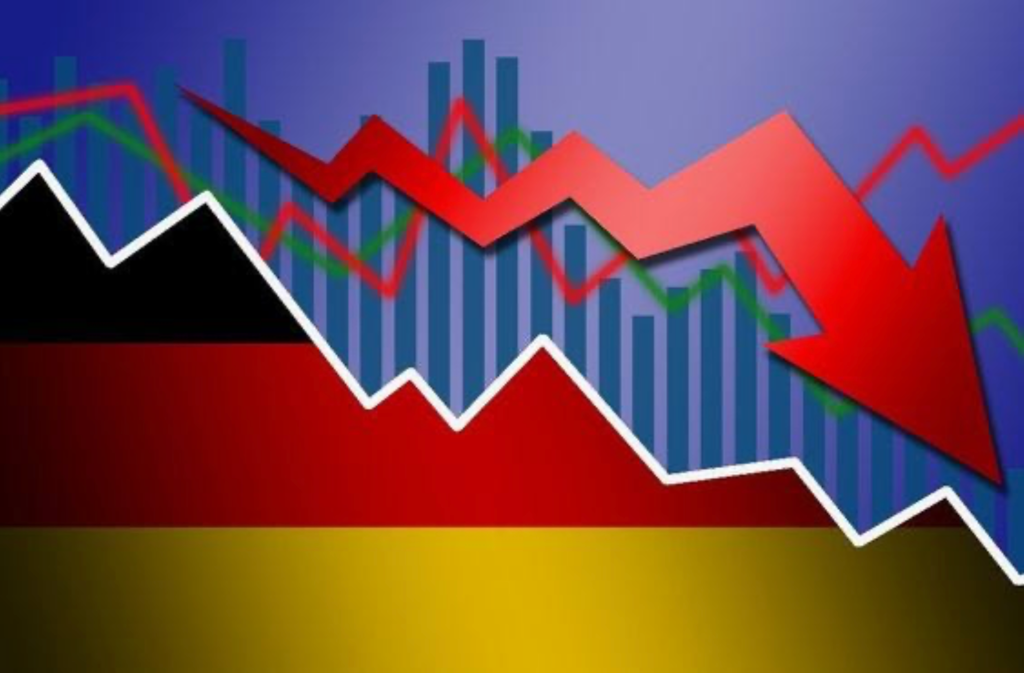“Checks are being used less and less each year as people rely more on technology to make payments, but if we have easier ways to transfer money, should we even keep paper checks?”
By: Oleg Biletsky
With the rise of technology came the rise of the many different ways to make payments electronically. Instead of buying something with cash or a check, people can now pay with a credit card, e-check or mobile apps such as Paypal, Venmo or Google Wallet. Instead of receiving your monthly income from your job in a form of a paper check, you can now get paid through direct deposit. Not only is it easier to receive and transfer money electronically, but it is also more convenient and cost efficient, as you do not have to carry around a checkbook that banks charge you for. If it makes that much more sense to use technology for receiving, transferring and spending money, should we keep checks as a method of payment at all? Before answering this question, we first need to dig deeper into how personal checks work.
How Checks Work
A simple definition of a check is a document guaranteeing a certain amount of money from the payer’s bank to the payee. After receiving a signed check, the payee can get the money by clearing the check. This is a process where the recipient submits the slip of paper to their bank, and their bank collects the funds from the payer by either drawing money from his/her account if they have the same bank, sending the check for collection to the payer’s bank or going through an intermediary such as the Federal Reserve. There is a belief that checks were in existence as far back as the ancient times in the Roman civilization, but the first pre-printed checks were issued in 1717 by the Bank of England. Checks have been one of the primary modes of payment for centuries and possibly since the ancient times, but their usage has been in decline ever since the introduction of debit/credit cards, e-checks and financial technology (fintech) apps. So how exactly have these electronic methods of payment impacted the usage of checks and should we ditch paper checks for much more convenient payment methods altogether?
The Decline of Checks and the Rise of Electronic Payment Methods

Source: “The Federal Reserve Payments Study”
As you can see, the amount of checks collected steadily decreased from 2003 to 2012 while other methods of payment such as debit cards, credit cards, ACH, and prepaid cards have gone up. The rise of technology and electronic ways of payment have also led to the emergence of mobile payments. According to PNC, a financial services corporation, U.S. mobile-based payments are set to nearly triple from $50 billion in 2014 to $142 billion in 2018. Chances are, you have a Venmo account and/or have used services such as Apple Pay or PayPal in the past to transfer money; and it’s no coincidence seeing as mobile payments have made it much easier to use money than paying with cash or checks. If all of these various electronic methods of payment have made it much more convenient to use money, should we even have paper checks at all?
Pros of Checks
Even though the rate of check usage has been falling among consumers, checks are still heavily used by businesses. According to a September 2014 survey by Association for Financial Professionals, U.S. businesses still pay half of their bills by check. Even though that number is down from 74% in 2007, the rate of decline has slowed down. It seems as though many businesses are reluctant to change their methods of payment as the check system has been around for a long time, and they thus feel comfortable using it. Since checks also take longer to process than other paying methods, the time it takes for a check clearing process to complete gives businesses a couple extra days of liquidity. This extra time helps companies manage short-term cash needs and lets them earn interest on that money until it clears.
Cons of Checks
Not only are checks less convenient than other methods of payment, they are also a burden to the economy. According to an electronic-payments company MineralTree Inc, the issuing and depositing of checks cost U.S. businesses between $26 billion and $54 billion in 2010. The Bank of America estimates that one business check costs an aggregate of $4 to $20 when accounting for the price of the check, the shipping, and the time employees spend writing, mailing, collecting, and reconciling the check. E-payments not only save companies time, but they are much more cost-effective. Moving away from the methods of payment pertaining to businesses, e-payments make it much easier for consumers to spend, collect and transfer money.
Where Do We Go from Here
Even though you can find arguments for and against keeping checks, perhaps a complete shift from paper checks to e-payments may not be the best solution for now. Although electronic methods of payment are much easier, convenient, and cost-efficient, they are still relatively new, and many consumers and businesses may feel uncomfortable suddenly switching from paper checks to e-payments. There is no doubt that the use of e-payments will continue to increase as we become more accustomed to new technology, and as more people begin using newer ways of payment, the usage of checks will continue to decrease. In addition, another issue is that the U.S. is largely behind other highly developed countries in the shift to e-payments. In 2012, European Union’s 28 member countries wrote 4 times less checks than the U.S. while having a bigger GDP level than the US that year (US’s 2012 GDP – $16.155 trillion, EU’s 2012 GDP – $17.272 trillion). Other highly developed countries are taking a bigger advantage over much more convenient and cost efficient methods of payment, and we need to focus on making the transition from paper checks to e-payments much faster in order to benefit from a greater use of simpler payment methods.
References:
- 2013 Federal Reserve Payments Study [PDF]. (2013, December 19). Federal Reserve .
- Monga, V. (2014, March 10). U.S. Companies Cling to Writing Paper Checks. Retrieved April 24, 2017, from https://www.wsj.com/articles/u-s-companies-cling-to-writing-paper-checks-1394494772?tesla=y
- European Union GDP 1960-2017 | Data | Chart | Calendar | Forecast | News. (n.d.). Retrieved July 17, 2017, from https://tradingeconomics.com/european-union/gdp
- Pritchard, J. (n.d.). What Happens When You Write (or Deposit) a Check? Retrieved April 24, 2017, from https://www.thebalance.com/basics-of-how-checks-clear-315291
- Staff, I. (2015, November 02). Check. Retrieved April 23, 2017, from http://www.investopedia.com/terms/c/check.asp
- The Rise of Economic Payments [PDF]. (n.d.). PNC.
- United States GDP 1960-2017 | Data | Chart | Calendar | Forecast | News. (n.d.). Retrieved July 17, 2017, from https://tradingeconomics.com/united-states/gdp






Leave a comment